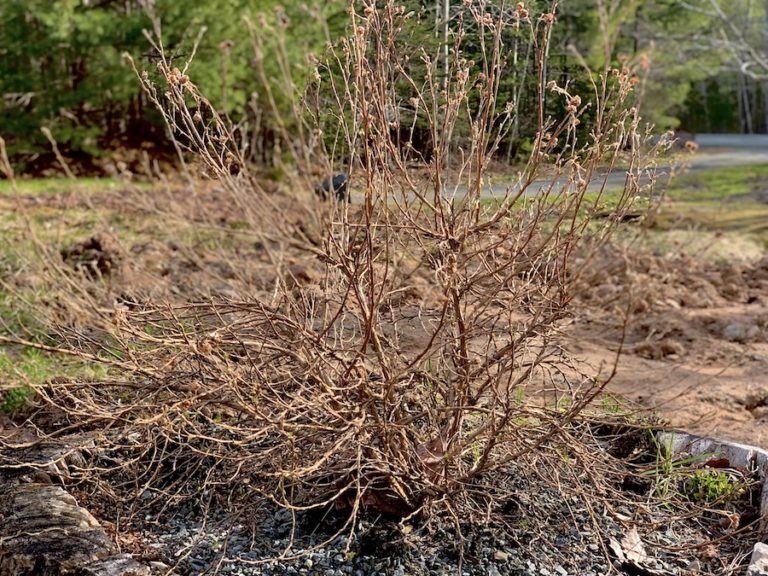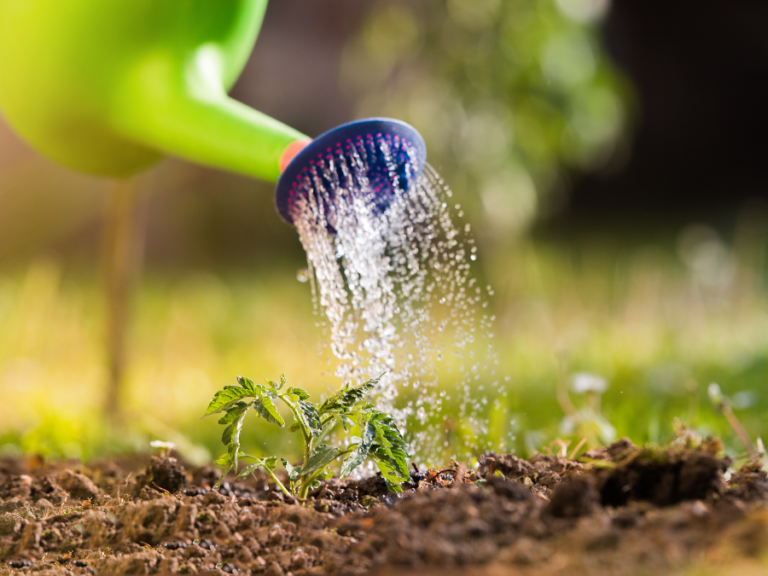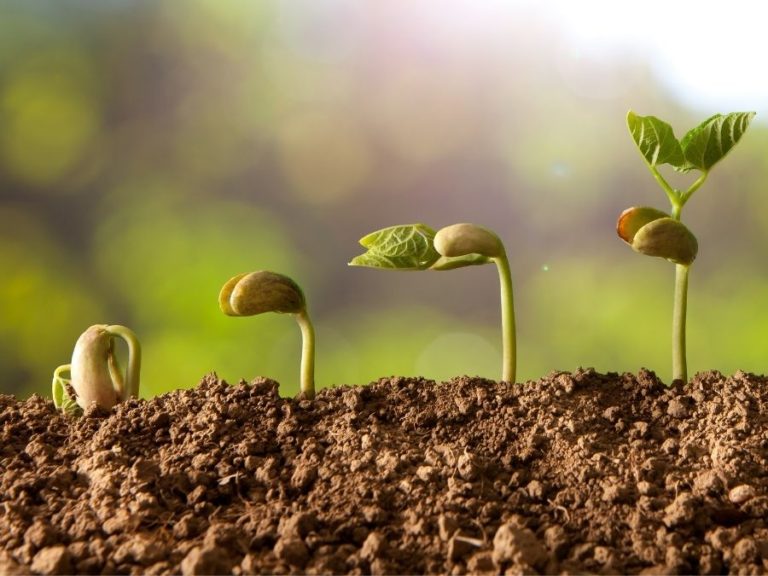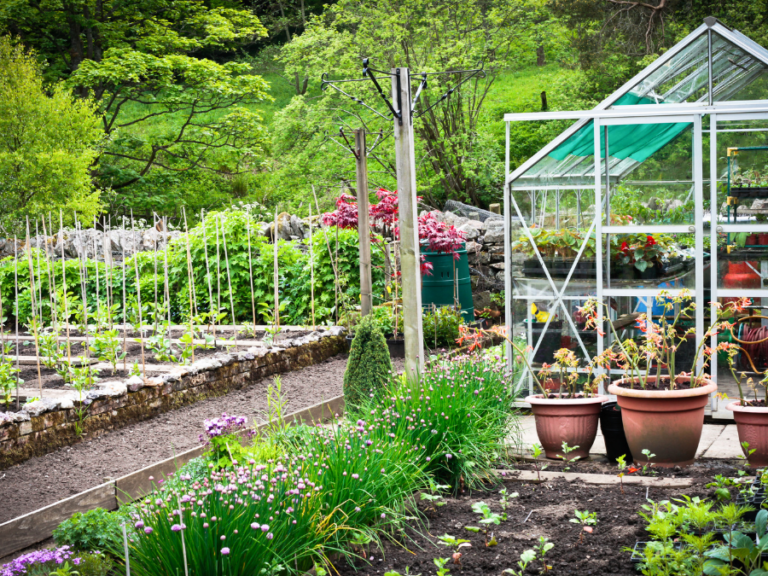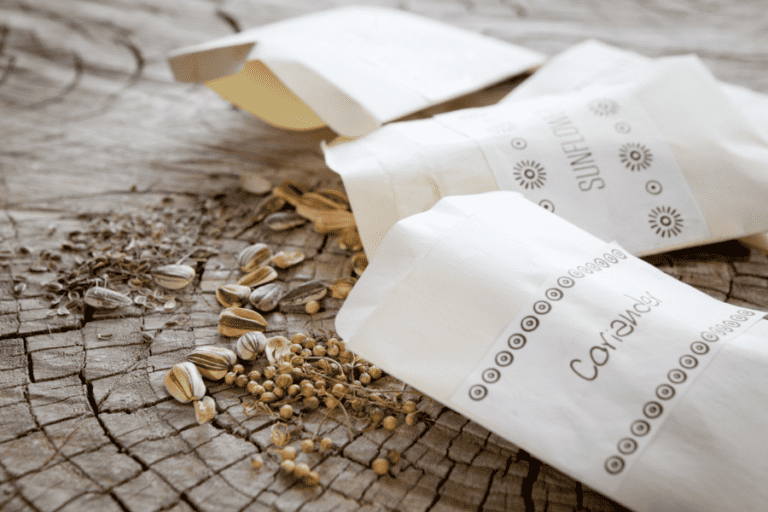What Is The Best Soil Type For Vegetable Gardens?
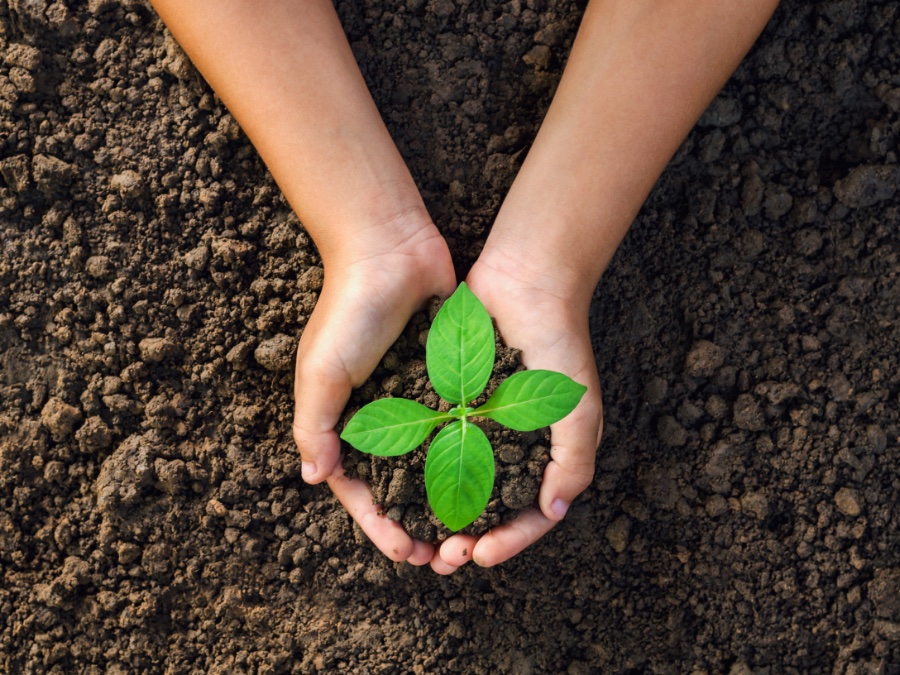
Vegetable gardening is a gratifying hobby that gives more than it takes. If you have a little patience and some knowledge under your belt, then you’re bound to see a plentiful harvest (and perhaps a smaller grocery bill). Growing your own vegetables has numerous benefits, such as living a more sustainable lifestyle, saving money, spending more time outdoors, and eating healthier while also reducing your carbon footprint.
This article will discuss the best soil type for a vegetable garden and where you can easily find it.
Disclaimer: This article includes affiliate links. If you click one of them, we may receive a small percentage of the sale at no extra cost to you. Thank you for your support!
Types Of Soil
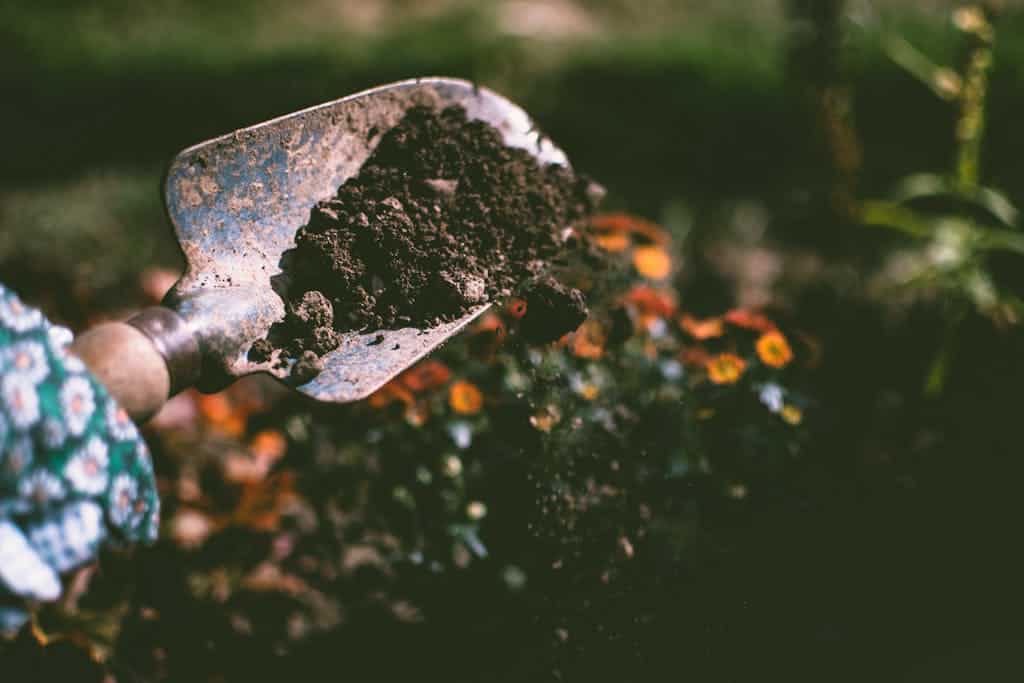
There are numerous different types of soils on the market. Many are identified based on their acidity levels (typically measured on a pH scale), texture consistency, and drainage. However, most people will only use a handful of them in their backyard gardens.
The most popular types of soils are sand, clay, loam, silt, chalk, and peat. The average backyard gardener uses silt, clay, or sand in their garden more often than not.
Silty Soil
Silty soil is excellent for holding onto water for long periods. This is commonly used as a compromise between sand and clay soil due to its physical properties.
When wet, this soil produces a smooth paste that compacts together, limiting air and water circulation. While the drainage is only adequate, it can be improved by adding compost to the top. When using this soil, choosing moisture-loving vegetables such as leafy greens and fruit crops is best.
Sandy Soil
Sandy soil is just as it sounds. It is gritty soil that does not hold many nutrients for growing plants as it dries out quickly. While it is considered an easy-to-use soil, it requires good organic fertilizer and mulching to retain moisture. Vegetables commonly grown in sandy soil include tomatoes, peppers, and collard greens.
Clay Soil
Clay soil is very dense and often red or orange in colour. It’s not ideal for growing vegetables, but some vegetables can grow in this soil. Clay retains moisture and has poor drainage, making it suitable for crops such as lettuce and chard. Some shallow root crops can also be grown in this soil. However, adding drainage is highly advised. You can improve drainage in clay soil by adding organic compost and bark.
Chalky Soil
Chalky soil is a popular option for gardeners seeking free-draining and rather inexpensive soil. Naturally, this soil is alkaline, meaning it has a pH level above seven and contains high calcium, magnesium, and sodium levels. If your soil is too alkaline for your vegetables, you may notice yellowing of the leaves and stunted growth.
Do not let this turn you away. Numerous plants thrive in this type of soil, such as lavender and herbs like rosemary and thyme.
Peaty Soil
Peaty soil is a commonly used soil due to its ability to retain moisture and nutrients. While this soil is great for vegetable gardens, it is not suitable for the environment. Why is peat so bad? When peat is extracted from bogs, it releases high volumes of carbon dioxide into the atmosphere. Thus contributing to the greenhouse effect.
Loamy Soil
Of all the soil types, the most ideal is called loam. Loam is a combination of clay, sand, silt, and other materials that provide adequate drainage and nutrients for growing a garden. This soil requires fertilizing quite regularly. However, most gardeners aren’t lucky enough to have loam at their disposal. The majority of vegetable crops will grow successfully in this soil.
Finding A Soil Balance
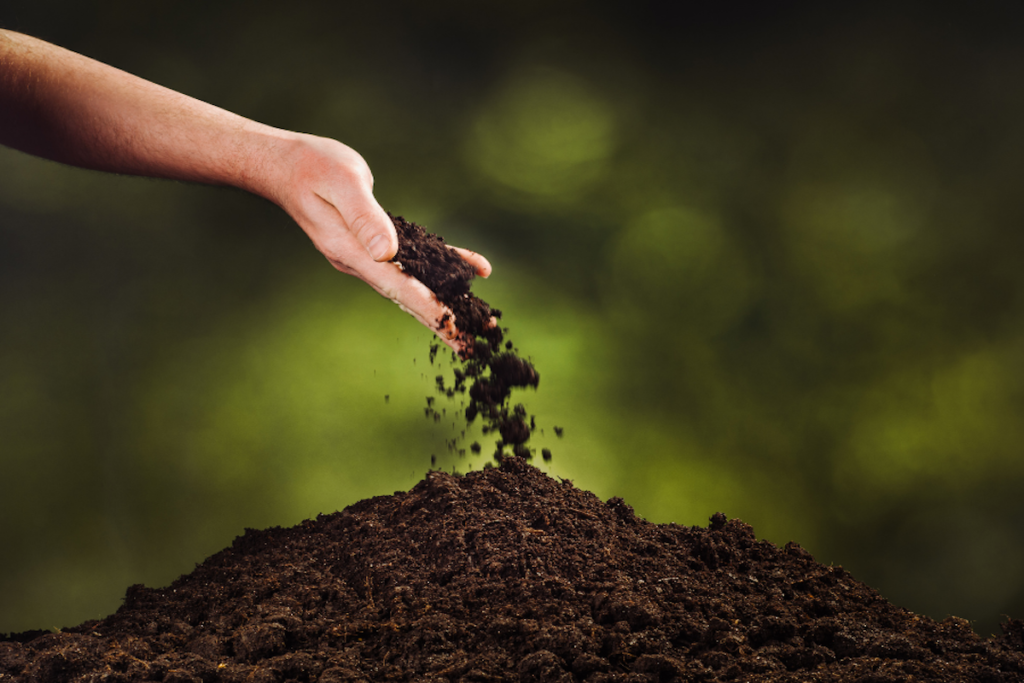
If you think of loam as the trifecta of clay, sand, and silt, then the first step in making your run-of-the-mill backyard garden soil loamy is to find that perfect balance.
Your soil type is unique to your region and climate. Hot or arid-type climates are more likely to have high sand content in their soil and coastal areas. Areas with warm to moderate climates, such as the American Southeast, will have more clay-heavy soil, while Midwesterners will notice more silt in their soil.
After identifying the dominant types of soil in your garden, you can then add other varieties to create a more balanced soil composition.
Should You Use Potting Soil?
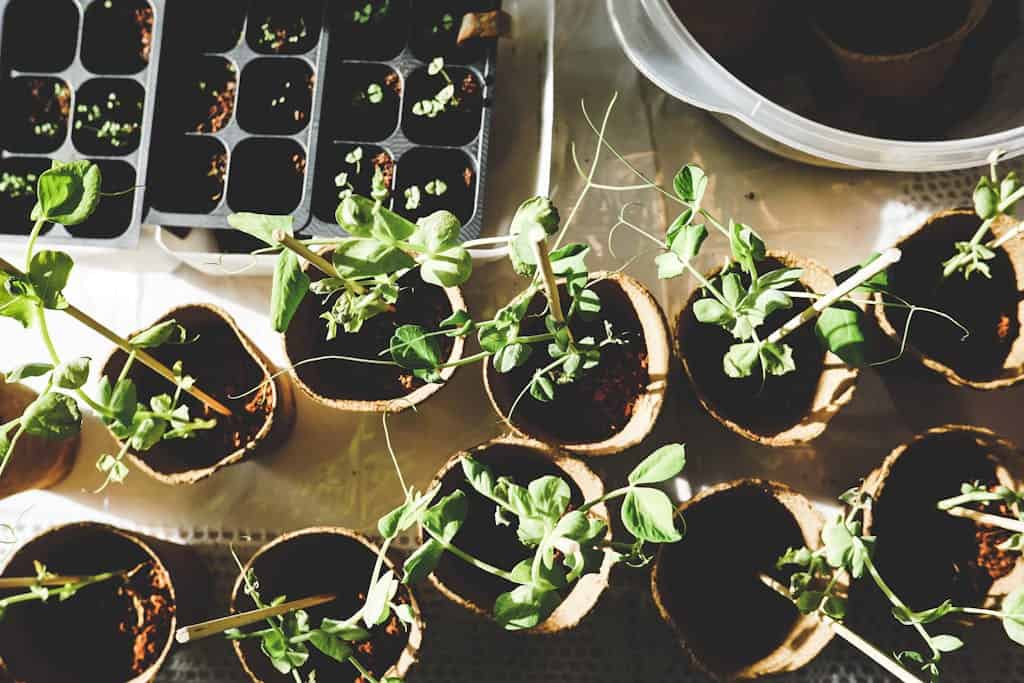
If you take a stroll down the gardening section at your local home improvement store, you are bound to see bags and bags of potting soil. It is easy to assume that all soils will do the same thing. However, this is not true. The soil that you use for your indoor plants may not be suitable for your garden. Most potting soil blends available at local stores do not contain actual soil, so it is not advisable to use them for vegetable gardening.
When it comes to soil, there are two main types: garden soil and potting soil. Potting soil is made up of a unique blend of materials and organic fillers. Unlike garden soil, it usually doesn’t contain any natural soil. Instead, it consists of a mixture of peat moss, perlite (the small white balls), tree bark, and other non-reactive materials. This combination is perfect for delicate indoor plants that would otherwise struggle in dense outdoor soil, as it is less compact and more porous.
Why Use Garden Soil
Garden soil, in contrast, contains real topsoil that is blended with a variety of different substances to help sustain your plants. Depending on the variety and brand, your garden soil might contain compost, manure, or other fertilizers. While you could use garden soil on its own, such as in a raised bed, you can also mix it with dirt from your backyard to help balance it out.
You can even reuse your gardening soil by adding compost to help add nutrients and texture to the soil.
To learn more about why you should use garden soil over potting soil in your garden, check out our article “Can Potting Soil Be Used Instead Of Garden Soil?”
Can You Use Garden Soil In A Raised Garden Bed?
Raised bed vegetable gardens offer numerous advantages. For instance, if you dislike adjusting the soil in your backyard and finding the perfect balance for your garden, you can simply buy a bag of raised bed soil and be done with it. Make sure that the raised bed soil is loamy, containing sand, clay and silt, as this trifecta is the perfect growing soil.
Raised bed gardens are not only practical but also aesthetically pleasing and low-maintenance. Like traditional gardens, they require loamy soil for optimal plant growth.
Soil For Herb Gardens
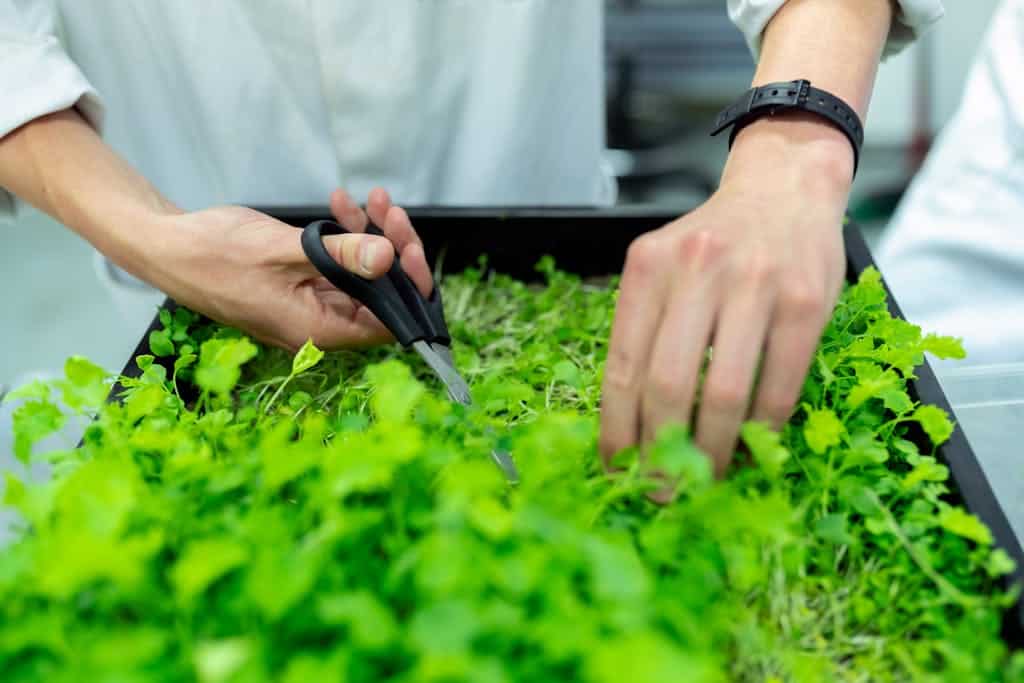
Herbs are a great addition to any vegetable garden. You might find that they grow better indoors when in front of a sunny window or under UVB lights.
Cilantro, parsley, mint, and thyme are herbs that can be grown in garden soil as well as potting soil. However, if you plan to grow these herbs indoors, potting soil is a better option as it is lighter and fluffier, which aids in water drainage. You should also keep in mind that occasional fertilization is required to enhance the nutrient content of the soil.
If you do plant herbs in your outdoor vegetable garden, be prepared to see some rabbits. They will eat anything and everything green, and herbs just so happen to be their favourite. To keep rabbits and other small critters away from your garden, try planting onions near your herbs as a natural deterrent. Alternatively, try putting used coffee grounds in your soil. Not only does it help to fertilize your plants, but it also repels animals and some pests which do not like the smell and will leave your garden alone.
Soil For Succulents
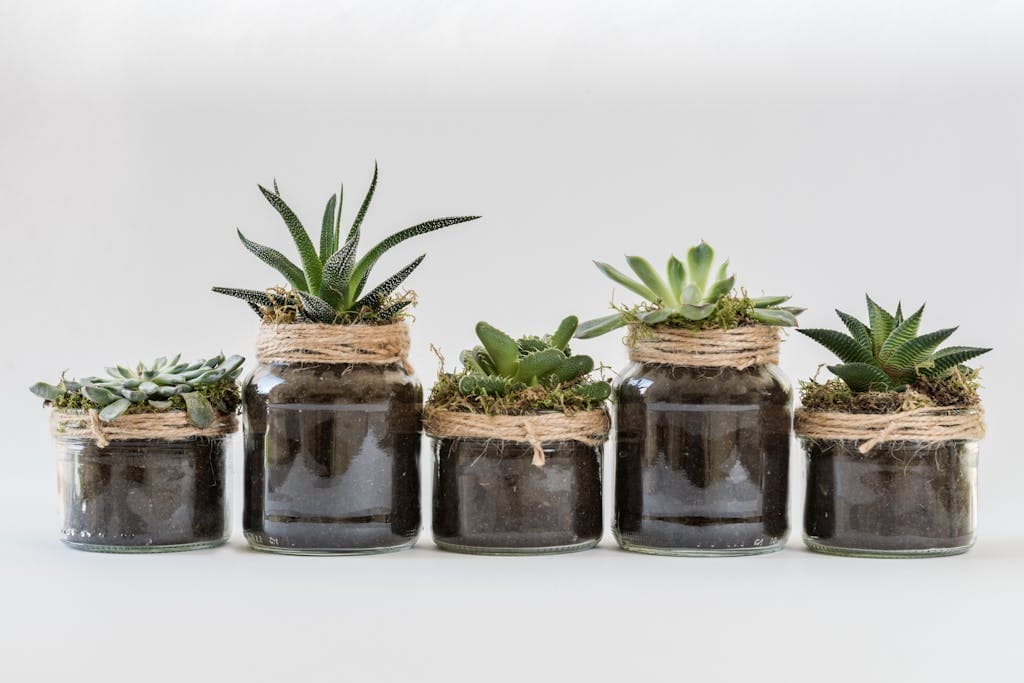
A quick note for gardeners who may want to add succulents and/or aloe vera plants to their gardens. For succulents, you should not use garden or potting soil as they require soil that drains quickly and does not retain much moisture. It is recommended to use a special blend that is suited to their native arid habitat. Miracle-Gro is an excellent choice for succulents and cacti as it is specifically formulated for their needs.
How To Prepare Your Soil
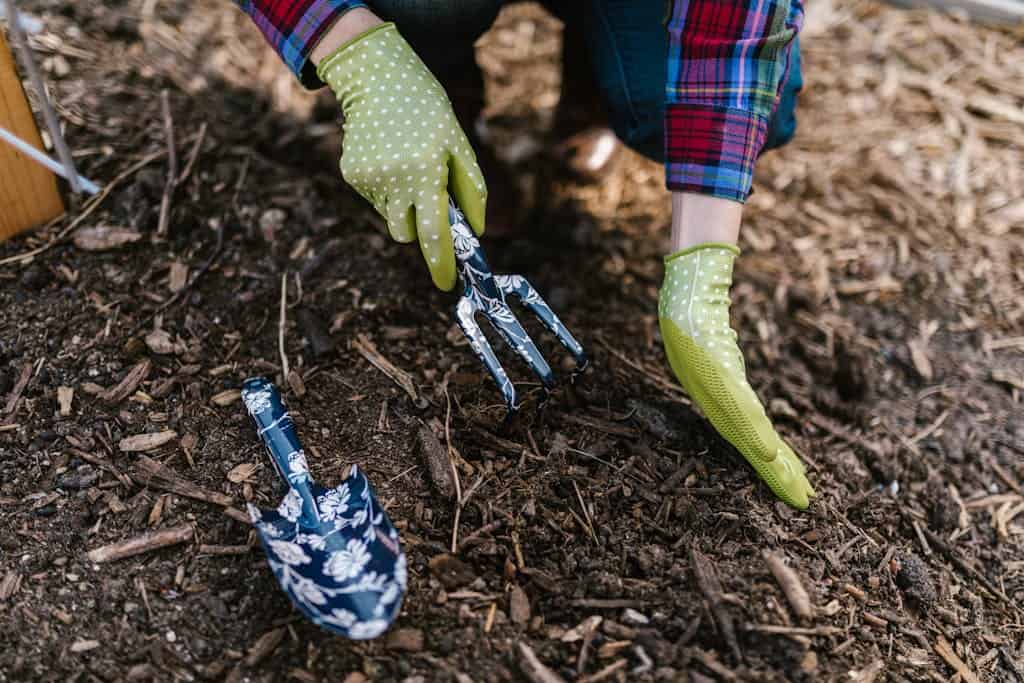
Before adding any materials to your natural soil, you should begin by aerating it. This can be done by using an aerator, digging fork, or hoe. You do not need to dig too deeply, but deep enough past the surface to give your roots plenty of room and breathability. Spread your garden soil mixture over the soil and mix thoroughly. Consider adding fertilizer and compost.
When finished, rake the area smoothly and discard any large rocks or obstacles. You should aim for an equal mixture of garden soil and your natural soil, regardless of what kind of soil you have.
Here are some extra suggestions to get your soil ready:
Mixing Soil
A foolproof method of preparing the soil is mixing bagged garden soil with your native dirt. There are many advantages to mixing these. One of the biggest advantages is that you can be confident that the soil will drain well without flooding the roots of your crops, as this helps reduce soil compaction. Other benefits include helping balance pH levels and adding in extra nutrients.
Garden soil has been shown to work fantastic for many vegetables, including root vegetables. This mixture is optimum for your basic vegetables and fruits, including corn, tomato, broccoli, onion, carrot, strawberry, pumpkin, peppers (of many varieties), and herbs.
Testing Your Soil
More advanced gardeners might want to make their soil as advantageous as possible. This means that your average gardening soil won’t always do the trick.
Testing your soil can help you figure out what your soil is either lacking or has too much of. Based on this information, you can adjust your soil accordingly to get the perfect balance for nice, loamy soil.
The key elements to test your soil for are:
- pH
- Nitrogen
- Phosphorus
- Potash
To test your soil, you can buy a soil test kit, do a DIY soil test, or hire a professional.
Adding Fertilizer
Soil tends to lose its nutritional quality over time, especially if there is a prior harvest. Fertilizer and compost can help put nutrients back into the soil to ensure better growth of your future crops.
An excellent way to fertilize your vegetable garden is by using earthworm castings. Earthworm castings resemble coffee grounds (and are less likely to cause an ick factor). They are nutrient-dense, but not so much so that they will overwhelm your plants or disrupt the pH. There are many brands to choose from. We use PureLife, as its something we can find online and at our local store.
Picking A Prepared Soil
The market has exploded with new brands and varieties of garden soil. You’ll see some niche varieties, such as “shrub and bush blend” or “rose blend.” Be careful about expensive soils with lots of marketing and eye appeal. It is dirt, after all.
Stick with the basics. Miracle Grow, for instance, can sell for upwards of $15 per cubic foot. Meanwhile, Kellogg can retail for around $3 per cubic foot for a mix that works just as well. If you want even cheaper, look for a landscaper’s soil. These soils come in large amounts with the most affordable rates of all.
Testing pH Levels In A Garden
pH is a huge part of getting your soil just right. It can make or break your plants and your harvest. If you’re not familiar, a low pH indicates an acidic compound, while a high pH can indicate a build-up of toxin levels.
If the pH levels are too high, a plant may be unable to absorb the nutrients from the soil, causing a deficiency. These deficiencies are often fatal or can result in yellowed foliage and dying buds.
Ideal pH Levels
A pH that is too low can overwhelm the plant, as can a pH that is too high. Some yielding plants or flowers require specific nutrients in their soil to survive, and these nutrients are only accessible to the plant at specific pH levels. For vegetable gardens, the optimal pH levels are between 6.0 and 7.0, with 6.5 being ideal.
It is important to note that advanced plant breeds might demand slightly lower pH levels.
How To Fix pH Levels
Suppose you find that your pH is too low or too high. This can be easily fixed by adding materials to lower the levels.
The pH level in your soil can be lowered by adding sulphur, such as aluminum sulphate or sulfuric acid. To raise the pH levels, add limestone and lime to your soil.
Both sulphur and lime can be purchased in bags at your local nursery. Be sure to add pH balancers after you’ve tilled and added clay, silt, sand, or garden soil.
Tips For Finding The Best Soil
Avoid “Ready-Made” Soils
When looking for the best garden soil, steer clear of soils that promise to have everything in them, also known as ready-made soils. Most of the time, you are paying a significant upcharge for what cheaper brands also include.
Fertilizers are quite affordable and can even be free if you use your own compost and/or coffee grinds. Adding this to your garden soil will give your garden enough nutrients to flourish. When in doubt, you can’t go wrong with Pro-Mix Organic Fertilizer.
Look For Soil At Local Nurseries
You can get soil just about anywhere. Almost every large box store will carry it in their garden center. However, your choices may be limited in range.
Try checking out your local nursery for soil. They tend to have higher quality soils; some even craft their own soil mix of a blend of manure from local farms and other native materials. Lesser-known brands found in local shops may be cheaper than soils found at box stores and are often certified organic. The best part of all is you’ll be supporting small businesses, including farms.
Support Your Local Farmers
Creating your vegetable garden is enjoyable, but can you imagine doing it on an industrial scale? Farming is challenging, and that’s why it’s important to support your local farmers.
Many farms have additional income streams, such as selling manure, plants, and homemade goods using their produce. Consider reaching out to farms near you to purchase these items for your garden. You can be sure that they’re high quality, and while you’re there, you can ask for their tips on managing the local soil. They will be more than happy to help and share their knowledge!
No Green Thumb? No Problem!
Remember, dirt is dirt, and you should never overpay. Fancy packaging and premium blends promising the best quality aren’t as always great as they seem.
Your common vegetable varieties are quite hardy, which is one of the reasons our ancestors cultivated them. Having a green thumb to have a massive harvest of tomatoes, radishes, lettuce, or peppers is not essential. You can plant these vegetables and watch them grow wild within weeks!
Troubleshooting Related Issues
Perhaps you prepared your soil, planted seeds, watered them, and then–nothing! Why aren’t the seeds growing? Is the soil incorrect? The answer is most likely no.
Seeds typically begin to germinate within a few days after sowing. However, if your seedlings are not spouting, this could be due to weather conditions or pesky animals. The best way to ensure your seeds sprout is to plant them in a greenhouse, containers, or indoors before transplanting them outdoors (especially if you live in colder climates). Once your seedlings are large enough, you can transfer them outside. Be sure to monitor the weather and temperature conditions.
Lastly, If you’re still not having much luck, consider buying and planting already-grown plants from your nursery. There are various ages and growth stages to choose from, and these are often easier to maintain than growing a plant directly from seed.

